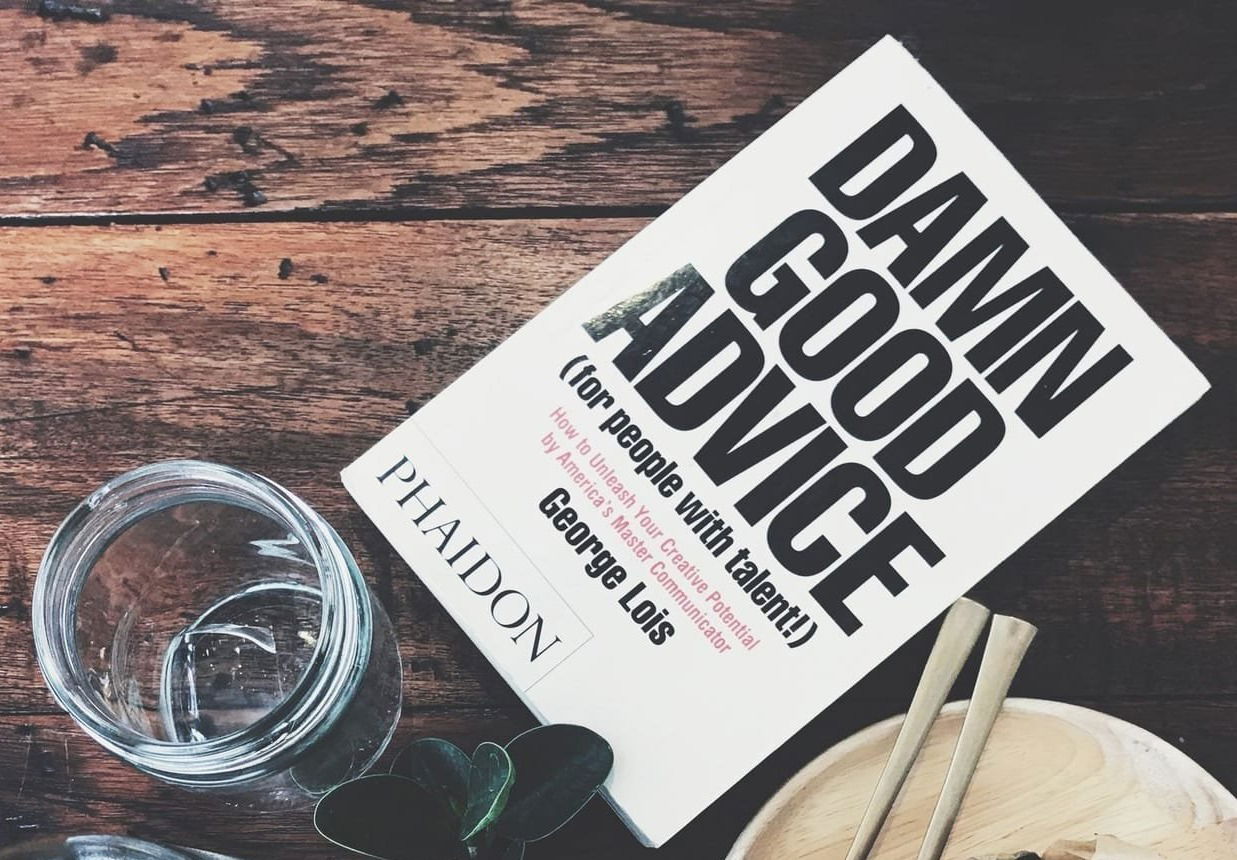The Reputable "Show, Don't Tell" Advice

Show, don’t tell is a writing technique in which story and characters are revealed through sensory details and actions instead of exposition. It supports a more immersive reader experience, allowing them to experience the story by feeling they are right there inside it.

People often quote playwright Anton Chekhov who said, “Don’t tell me the moon is shining. Show me the glint of light on broken glass."
In short: showing illustrates, while telling states things. Here’s a quick example:
Showing: As her mother switched off the light and left the room, Kira tensed. She huddled beneath the covers, gripped the sheets, and held her breath as the breeze breathed through the curtains.
Telling: Kira was terribly afraid of the dark.
In the “showing” example, rather than merely saying that Kira is afraid of the dark, she’s in a situation where her experience of that fear is the focus. The reader gets the same information they would from the “telling” example but in a way that encourages them to imagine and understand the depth of her fear.
Showing also helps develop characters beyond just listing their traits. In place of telling readers “Mack was selfish and immature,” show this side of him by writing a scene where he whines about how everyone forgot his half-birthday. Or a character who is extremely determined can be shown persisting through a situation—avoid saying “he was persistent.”
When done properly, showing immerses readers into the narrative with description. It lends to story development but also leaves certain things up to reader interpretation, which is much more interesting than rigid info-dumping.
Telling might be quicker, and necessary to have in certain instances throughout a story, but showing should almost always be your prime directive.
Show, Don't Tell is the most popular "rule" in creative writing. Here are some ways you can add some "showing" skills to your toolkit.
Starting with one of the most important aspects of storytelling...

1. Create a sense of setting.
This is done by writing about how characters perceive and interact with their surroundings, including an ample amount of sensory detail and occasional action in the scene. This is a great way to create accessibility to the story, as readers should be able to imagine themselves in that very setting.
Telling: He walked through the forest. It was Autumn and he was getting cold.
Showing: Dry leaves of orange and brown crunched under his boots as he pulled the hood of his sweatshirt on to keep warm.

2. Use dialogue to show character.
Dialogue can also be used to demonstrate story elements beyond surface conversation. A character’s speech tells readers a lot about them, especially when first introduced.
Does a character use long sentences with a sophisticated vocabulary, or short, direct speech? Do they use slang and call an authority figure “bro”, or do they address them respectfully using the person’s title and last name?
3. When in doubt, always describe action.
Telling almost always brings your narrative momentum to a screeching halt. Imagine describing the setting every time a character entered a new space—the pacing created in that chapter would be destroyed. However, evoking the setting and putting it into context is still important. Showing action works to avoid interruptions in pacing.
Example: She was late. Her watch alarm dinged to remind her as she weaved through the oncoming field trip groups of children eager to get to the cafes for lunch. Breaking free past the elephant enclosure, she jogged two exhibits farther and arrived at the Tropical Aviary doors.
Through action, the setting of the scene can still be described while maintaining the forward motion of the story.
4. Use strong details, but don’t overdo it.
Strong, vivid details are crucial in showing, but it pays to avoid including too many, especially the overly embellished kind. Excessively ornate language can be just as bad as “telling” that is too basic; it can cause readers to lose interest having to wade through super-dense prose.
Too much detail: The stone felt rough, its aged exterior caked with dust and grime as I weighed it in my hand, seeing its jagged edges and orange-colored hue.
Just right: The stone was heavier than it looked. Some of the orange façade crumbled in my hand as I picked it up.
Alternate between simple and complex sentences and ideas, and different types of sensory detail, so readers don’t get overloaded with one type.
Examples of “Show, Don’t Tell” Here are two additional “show, don’t tell” examples of authors showing rather than telling in their writing. If you have the desire to investigate this skill more, grab the nearest novel. Almost every work of fiction involves showing. Observing the tactics of successful authors is one of the best ways to learn how to form your own style.
An example from Oliver Twist by Charles Dickens
In this excerpt from Dickens's classic, orphan Oliver arrives in London for the first time.
A dirtier or more wretched place he had never seen. The street was very narrow and muddy, and the air was impregnated with filthy odours. There were a good many small shops; but the only stock in trade appeared to be heaps of children, who, even at that time of night, were crawling in and out at the doors, or screaming from the inside. The sole places that seemed to prosper amid the general blight of the place, were the public-houses… Oliver was just considering whether he hadn't better run away, when they reached the bottom of the hill.
Oliver’s first impression of London hits us like a wall: you can almost taste the filthy air and hear children screaming. If London’s extreme depravity wasn’t clear enough from the description, you can tell from Oliver’s reaction that it must be awful—for context, he’s just walked 30+ miles to reach his destination, and experiencing it is the first thing that’s really rattled him.
Dickens could have written, “Oliver reached London. It was dirty and crowded.” But while this summarizes the above excerpt, it completely loses the visceral sense of setting and Oliver’s feelings toward it. Without these details, the description would be completely generic.
An example from Fahrenheit 451 by Ray Bradbury
Montag, a “fireman” tasked with destroying books, hears his boss’s voice in his head, describing the burning of pages.
He could hear Beatty's voice. “Sit down, Montag. Watch. Delicately, like the petals of a flower. Light the first page, light the second page. Each becomes a black butterfly. Beautiful, eh? Light the third page from the second and so on, chainsmoking, chapter by chapter, all the silly things the words mean, all the false promises, all the second-hand notions and time-worn philosophies.”
This awesome use of metaphor compares the pages of burnt books to “black butterflies”: an eerie image that, fittingly, burns itself into our brains. Though no book-burning occurs in this moment (Montag is only imagining it), it is a vivid description for readers. The contrast between the innocent, petal-like pages and the fervent, destructive fire. In the pinnacle of showing—it drives home how powerful figurative language can be.
I hope these guidelines and examples help you see the power that is “Show, Don’t Tell” and help you find your comfort zone when it comes to applying it to your own writing.
As a reminder: sometimes there is no other choice but to do a bit of “telling” in a story. It IS a narrative shortcut, but sometimes shortcuts are necessary—like when trying to explain something quickly, without flourish or immersive rendering for readers. Writers often “tell” in the beginning of a story to get exposition across, or after a “big reveal” where certain details need to be clearly stated.
In conclusion, balance is what is important; avoid too much of either and everything should be fine. And remember there are no rules set in stone for writing. If you’re worried about having too much telling and not enough showing, but your writing still flows well and engages readers, don’t feel obligated to change it.
Also, in first and second drafts, you’re going to “tell” and that’s okay! The story is still coming together and you’re still figuring out what it’s about in these stages.
Whether you are more prone to showing or to telling in your writing, just know that with practice, you’ll discover the exact style for you.
